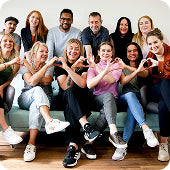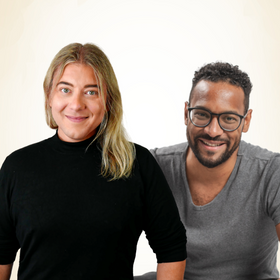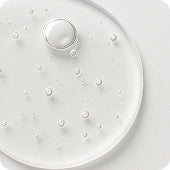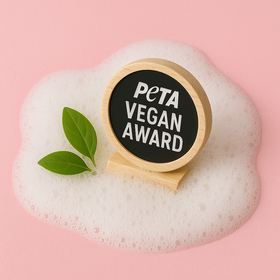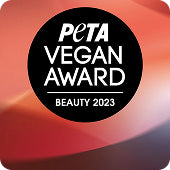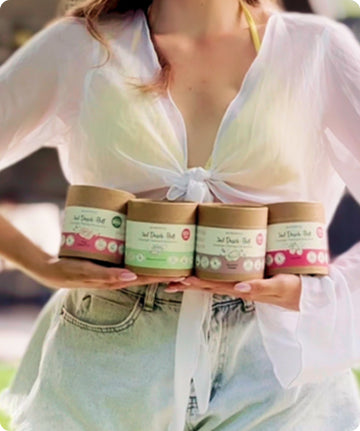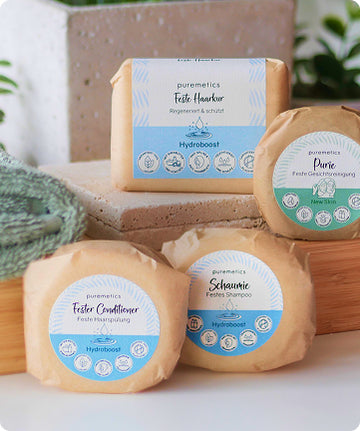Microplastic from the tube
Microplastic from the tube

Who doesn't know the struggle with the tube of toothpaste to get the rest of the paste squeezed out... But did you know that not only the toothpaste packaging is mostly made of plastic, but also the toothpaste itself? In this blog post you will learn everything about the paste for sparkling white teeth.
Did you already know, that...
- Germans use around 410,000,000 (MILLION!) tubes of toothpaste every year?
- Put together, that would cover a distance from the earth to the moon and back again, twice.
- Assuming an average weight of approx. 11 grams per empty plastic tube, toothpaste produces around 4,510 tons of plastic waste per year in Germany alone.
Microplastic as an ingredient
It is clear that toothpaste packaging is mostly made of plastic. But their contents can also contain up to 10% microplastics.
Through toothpaste, among other things, we ingest up to five grams of microplastics a week.
It is not yet possible to clearly assess how dangerous microplastics are for the human organism. However, the question inevitably arises as to whether we really want to brush our teeth with plastic? And the environmental aspect should definitely also be taken into account when we spit most of the paste into the sink after cleaning... You can read here how microplastics are formed, get into the environment and what it does there.
Did you know that in many regions there are up to 60 times more plastic particles than plankton? Incredible, is not it?
The comeback of plastic in the paste
The German Federation for the Environment and Nature Conservation publishes a microplastics purchasing guide every year. At the end of 2014, an entire category was deleted from it: toothpaste! Unfortunately, this break only lasted three years. Dental care products containing microplastics have been available again since 2017 . This encourages BUND to demand a ban on all synthetic polymers in cosmetic products.
So far, there is no ban on microplastics in cosmetics. That is why consumers are asked to inform themselves. However, due to the lack of transparency, this is not so easy. According to scientific definitions, plastics such as Nylon-12, Acrylates Copolymer or Acrylate Crosspolymer are considered microplastics. However, many manufacturers do not recognize this.
Microplastic beads as cleaning bodies hide behind the designations
- polyethylene (PE)
- Polypropylene (PP)
Plastic-free tooth brushing
You can get closer and closer to the goal of a plastic-free bathroom thanks to the increasing range of alternatives. There are already numerous (micro)plastic-free alternatives for toothpaste from plastic tubes. These come in a variety of forms:
- toothpaste tablets,
- toothbrush powder and
- Toothpaste from the jar.
For healthy teeth, not only the ingredients of the toothpaste, but also cleaning techniques are very important. If you are prone to allergies or sensitive teeth, it is better to seek advice from your dentist.
Our tip:
Often one forgets to think about the daily routine items. It doesn't hurt to take a look at the back of the toothpaste.
Plastic-free alternatives are already available in bulk stores, drugstore chains or at Smooth Panda . Here you will find not only sustainable and plastic-free toothbrushes, but also toothbrush tablets and toothbrush powder. If you can't get used to the new consistencies and prefer to stick with toothpaste, toothpaste from a glass jar might be a great solution. Try it out. :-)
If you would like to be informed directly about the latest blog posts, please follow us Instagram ! :-)


